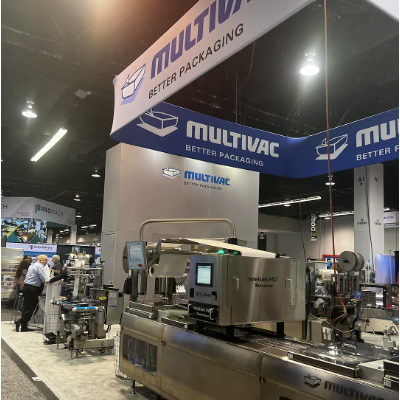Rochester, NY, September 8, 2022 — The University of Rochester is thrilled to be a partner in the newly awarded NSF Innovation Corps (I-Corps™) Hub: Interior Northeast Region (IN I-Corps).
The National Science Foundation (NSF) announced this morning that they’ve awarded $15 million over five years for the implementation and execution of the IN I-Corps Hub. The Interior Northeast region that stretches from New Hampshire to West Virginia is representative of large portions of the US that are largely rural, economically underserved and working to restore economic vitality. IN I-Corps aims to expand the nation’s geography of innovation by creating a cohesive innovation ecosystem that delivers inclusive models of education and workforce training designed for and by innovators in rural regions and small cities.
The University of Rochester will be joined by Hub partner institutions Dartmouth College, Rochester Institute of Technology, SUNY Binghamton, SUNY Buffalo, Syracuse University, University of Pittsburgh, University of Vermont, West Virginia University and Hub lead Cornell University. Each institution will be hosting regional I-Corps courses and contributing to programming and curriculum strategy.
“We are honored to be a part of this esteemed group of institutions and are looking forward to working together to provide the comprehensive I-Corps training that will help strengthen the entrepreneurship ecosystem across the region” said Duncan T. Moore, Vice Provost for Entrepreneurship at the University of Rochester.
Founded by the NSF in 2011, I-Corps programming nationwide empowers researchers to combine their technical and scientific knowledge with an entrepreneurial mindset to develop new technologies and startups that benefit society. The I-Corps curriculum addresses the knowledge gap between the skills needed to develop an innovative technology in a lab and the skills needed to bring that technology to market. With a core tenet of customer discovery, participants in I-Corps courses work to connect with potential customers and ensure the solutions they’re developing fill an existing market need.
The IN I-Corps Hub joins nine other I-Corps Hubs within the National Innovation Network (NIN), expanding the geographical reach of the network and promoting economic growth and science, technology, engineering, and mathematics (STEM) talent development within rural communities and the small cities on their boundaries. The Hub will regularly offer regional courses designed to support geographically-dispersed participants in learning the I-Corps method of customer discovery and applying it to real world opportunities, while still remaining connected to their home institutions and communities.
The University of Rochester has a proven track record in supporting commercialization and entrepreneurship. Since receiving its NSF I-Corps Site award in 2015 and as a partner in the Upstate New York (UNY) I-Corps Node in 2016, the University has trained more than 100 teams in the I-Corps methodology. In addition to the I-Corps courses, the University offers numerous other training programs, workshops, bootcamps, student incubators spaces, funding, and more to support entrepreneurs and innovators. In 2020, the UR received 117 invention disclosures from 36 departments and divisions. 36 external collaborators from 22 institutions, agencies, and corporations were also named as inventors. Additionally, 109 patent applications were filed. More than $1.79M in licensing revenues were returned to the UR in 2020. Companies in the UR Student Incubator program have also raised more than $6.3M since it was established in 2012. “From across the University, we have a vibrant ecosystem that supports entrepreneurship, and the I-Corps program is a critical component of that ecosystem that helps launch startups from across our community. We also have unique strengths in the areas of optics, digital health, and nursing innovation that we will leverage to train future innovators, including those in underrepresented minority groups and in other colleges and universities across the region”, said Dr. Moore.
A mission-critical element of the IN I-Corps Hub’s approach to entrepreneurship is the creation and administration of diversity, equity, inclusion, and accessibility (DEIA) initiatives. STEM researchers in underrepresented groups face heightened barriers to success, and creating equitable access to resources and talent development is crucial to ensuring the most innovative deep-tech developments are being discovered and amplified. Hub leadership and partners are working to actively create opportunities to support the development of STEM research talent who are women, veterans, people of color, and individuals with disabilities. These initiatives will include collaborations with organizations like the National GEM Consortium’s Inclusion in Innovation Initiative (i4) and RIT’s National Technical Institute for the Deaf.
“The IN I-Corps Hub will provide multiple opportunities for the growth and development of STEM research and entrepreneurial activity among historically underrepresented groups. Diversity, equity and inclusion are foundational principles in this project, and I am so pleased that the University of Rochester is leading the way on this important venture,” remarked Beth Olivares, Dean for Diversity in Arts, Sciences & Engineering at the University of Rochester.
The Interior Northeast Hub will officially launch on January 1, 2023. Details are forthcoming for STEM researchers interested in learning about opportunities to participate in regional I-Corps courses at a Hub institution. For more information, visit in-icorps.org.


























